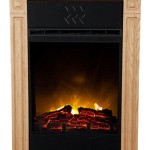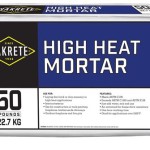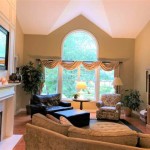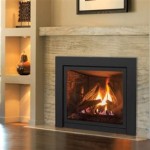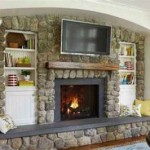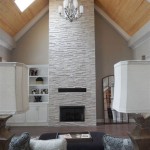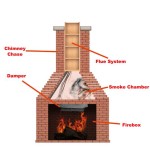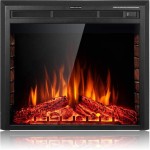Replacing a Gas Fireplace with a Wood-Burning Fireplace
The allure of a crackling fire in a wood-burning fireplace is undeniable. It evokes warmth, nostalgia, and a sense of coziness that gas fireplaces simply cannot replicate. If you're considering replacing your gas fireplace with a wood-burning unit, there are several factors to consider, from the practicalities of installation and maintenance to the environmental impact and cost implications.
Installation and Structural Considerations
Converting a gas fireplace to a wood-burning fireplace requires a considerable amount of work and may necessitate structural modifications. The most crucial aspect is ensuring the existing chimney is suitable for wood-burning. Gas fireplaces often have smaller chimneys, which may not be adequate for the higher temperatures and larger volume of smoke produced by wood fires. A professional chimney sweep should inspect the chimney to assess its suitability and recommend any necessary repairs or upgrades.
Additionally, the fireplace opening may need to be adjusted to accommodate a wood-burning firebox. The size and shape of the opening must be compatible with the selected fireplace insert or freestanding wood-burning stove. You may need to enlarge the existing opening or build a new one, which can be a significant undertaking. Finally, consider the weight of a wood-burning fireplace, as it can be substantially heavier than its gas counterpart. This may require reinforcing the floor and hearth to support the additional weight.
Environmental and Practical Considerations
While wood-burning fireplaces offer a charming ambiance, they come with environmental and practical considerations. Burning wood releases particulate matter and other pollutants into the air, contributing to air pollution and climate change. However, choosing responsibly sourced firewood, such as certified sustainable wood, can minimize the environmental impact. Additionally, using a certified wood-burning appliance, such as EPA-certified stoves or inserts, ensures more efficient and cleaner burning.
Practical considerations involve the effort required to maintain a wood-burning fireplace. It demands regular cleaning, including removing ash and soot, and stocking up on firewood. You also need to consider the potential for smoke and creosote buildup, which require professional cleaning to prevent chimney fires. Lastly, wood-burning fireplaces are not as convenient as gas fireplaces, as they require manual fire starting and tending.
Cost Considerations
Replacing a gas fireplace with a wood-burning fireplace involves significant financial investment. The cost of a wood-burning fireplace insert or stove can vary significantly depending on its size, material, and features. Additional expenses include installation, chimney modifications, and the ongoing cost of firewood. While wood-burning fireplaces can provide a cost-effective heating solution in the long run, depending on local firewood prices and the efficiency of the appliance, the initial outlay can be substantial.
Before deciding whether to replace your gas fireplace with a wood-burning one, carefully weigh the benefits and drawbacks. Consider the environmental, practical, and financial implications, and make an informed decision that aligns with your lifestyle and priorities. Consulting with a qualified fireplace professional can provide valuable guidance and insights throughout the process.

Replacing A Gas Fire With Wood Burner

Want To Convert Gas Wood Fireplace Full Service Chimney

Can You Convert A Gas Fireplace To Wood Burning Stove Direct Stoves

Do You Want To Replace Your Gas Fire With A Woodburner

Convert From Wood To Gas With A Insert The Kernel Burner

Converting A Fireplace To Wood Burning Stove Chesneys

Want To Convert Gas Wood Fireplace Full Service Chimney

Do You Want To Replace Your Gas Fire With A Woodburner
Convert To A Beautiful Wood Burning Fireplace

Should You Change Or Convert Your Wood Fireplace
Related Posts

